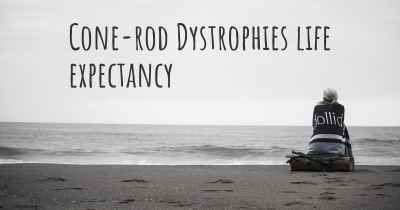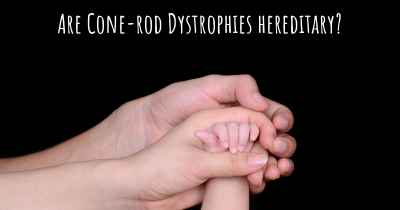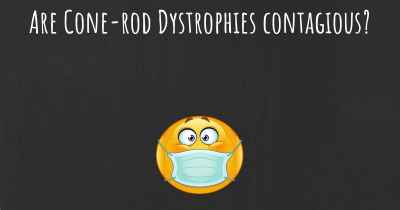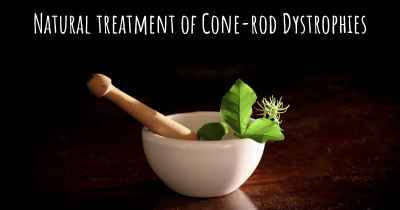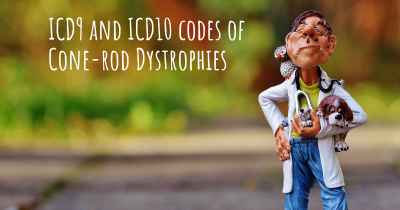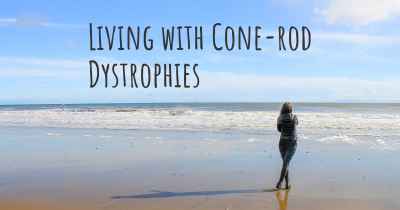What are the latest advances in Cone-rod Dystrophies?
Here you can see the latest advances and discoveries made regarding Cone-rod Dystrophies.
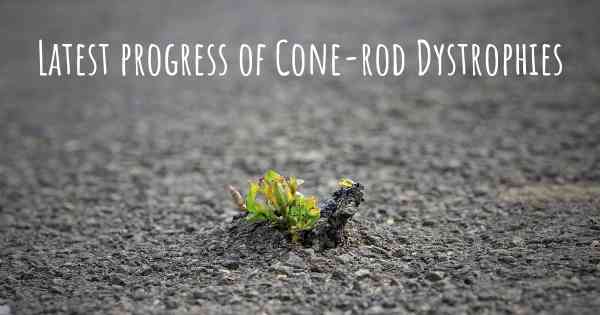
Cone-rod dystrophies (CRDs) are a group of inherited retinal disorders characterized by the degeneration of cone and rod photoreceptor cells in the retina. These conditions lead to progressive vision loss, color vision abnormalities, and reduced visual acuity. While there is currently no cure for CRDs, significant advancements have been made in understanding the underlying causes and developing potential treatments.
Genetic research has played a crucial role in unraveling the complexities of CRDs. Scientists have identified numerous genes associated with different forms of CRDs, allowing for more accurate diagnosis and genetic counseling. This knowledge has also paved the way for gene therapy approaches, where faulty genes are replaced or repaired to restore retinal function.
Gene therapy has shown promising results in preclinical and clinical trials for certain types of CRDs. One notable breakthrough is the development of Luxturna, a gene therapy approved by the U.S. Food and Drug Administration (FDA) for the treatment of a specific form of CRD called Leber congenital amaurosis (LCA). Luxturna works by delivering a functional copy of the RPE65 gene to retinal cells, improving vision in patients with this genetic mutation.
Stem cell therapy is another area of active research in the field of CRDs. Scientists are exploring the potential of using stem cells to replace damaged or lost photoreceptor cells in the retina. Induced pluripotent stem cells (iPSCs), derived from a patient's own cells, can be differentiated into retinal cells and transplanted back into the eye. While still in the experimental stage, early studies have shown promising results in restoring visual function in animal models of CRDs.
Optogenetics is an innovative approach being investigated for the treatment of CRDs. This technique involves introducing light-sensitive proteins into remaining retinal cells, bypassing the need for functional photoreceptor cells. By using external light sources or specialized goggles, these modified cells can be stimulated to send visual signals to the brain. While optogenetics is still in the early stages of development, it holds great potential for restoring vision in individuals with advanced CRDs.
Advancements in imaging technologies have greatly improved the diagnosis and monitoring of CRDs. High-resolution imaging techniques such as optical coherence tomography (OCT) and adaptive optics imaging allow for detailed visualization of retinal structures, enabling early detection of disease progression and assessment of treatment efficacy. These non-invasive imaging tools have become invaluable in clinical trials and patient management.
Collaborative efforts among researchers, clinicians, and patient advocacy groups have also accelerated progress in understanding and treating CRDs. The sharing of data, resources, and expertise has led to more comprehensive studies and larger clinical trials. These collaborations have not only facilitated the development of potential therapies but also improved patient care and support.
While significant strides have been made in the field of CRDs, challenges remain. The heterogeneity of CRDs, with various genetic mutations and disease mechanisms, poses a significant obstacle in developing universal treatments. Additionally, the long-term safety and efficacy of emerging therapies need to be thoroughly evaluated through rigorous clinical trials.
In conclusion, the latest advances in cone-rod dystrophies have brought hope to individuals affected by these debilitating conditions. Genetic research, gene therapy, stem cell therapy, optogenetics, imaging technologies, and collaborative efforts have all contributed to our understanding of CRDs and the development of potential treatments. While there is still much work to be done, these advancements offer promise for improved vision and quality of life for those living with CRDs.
